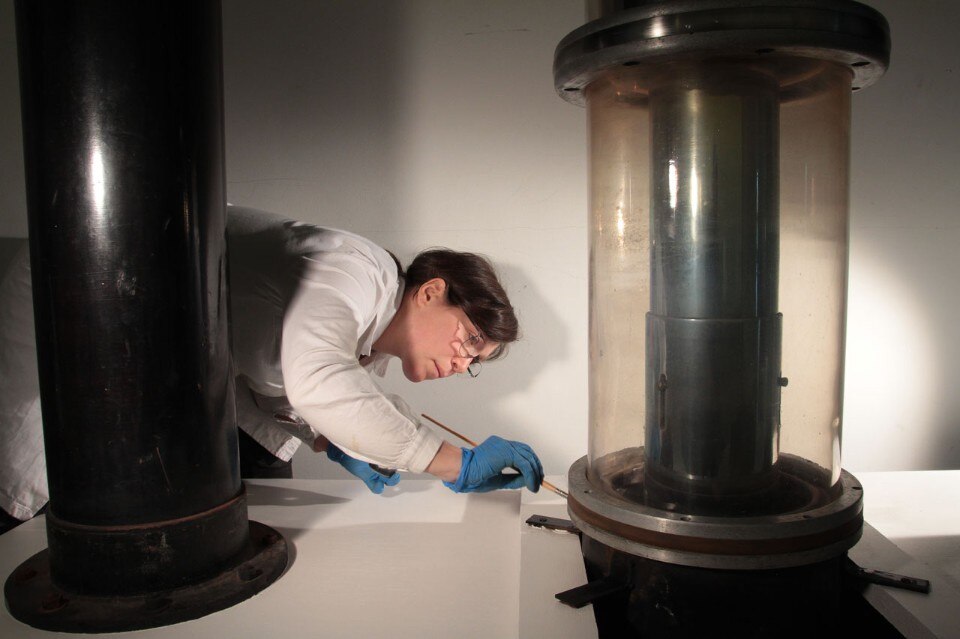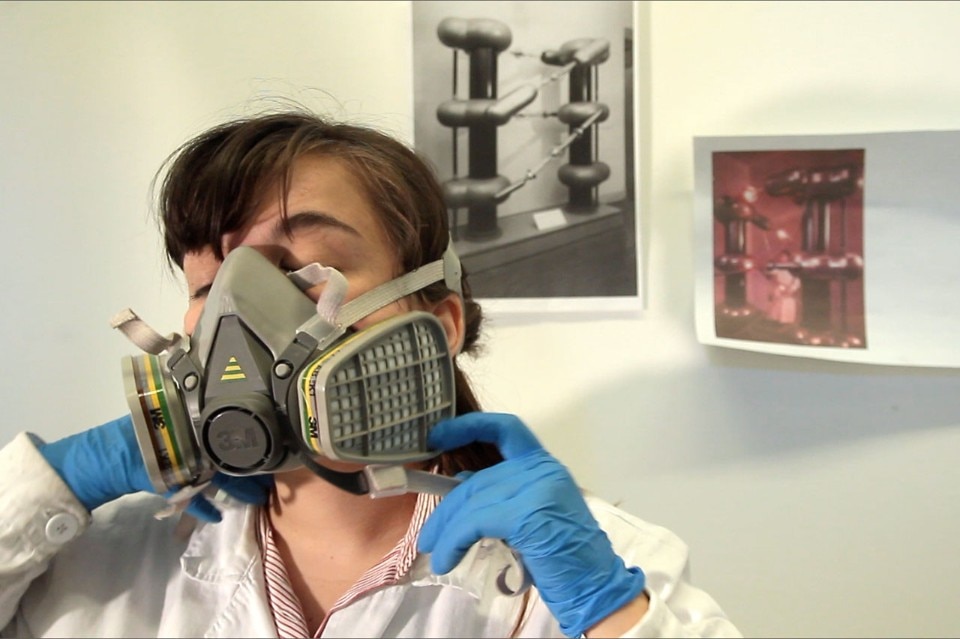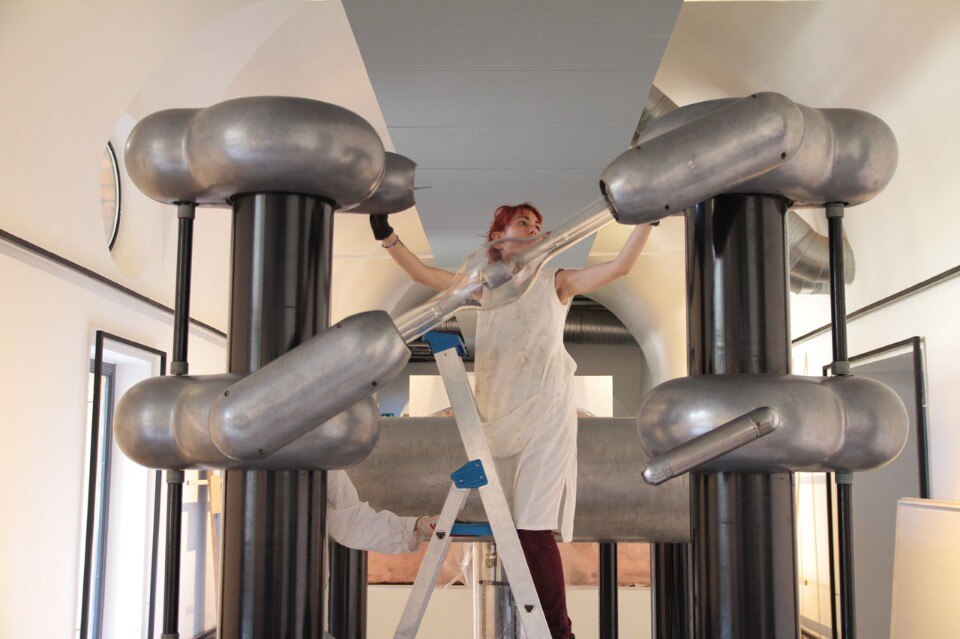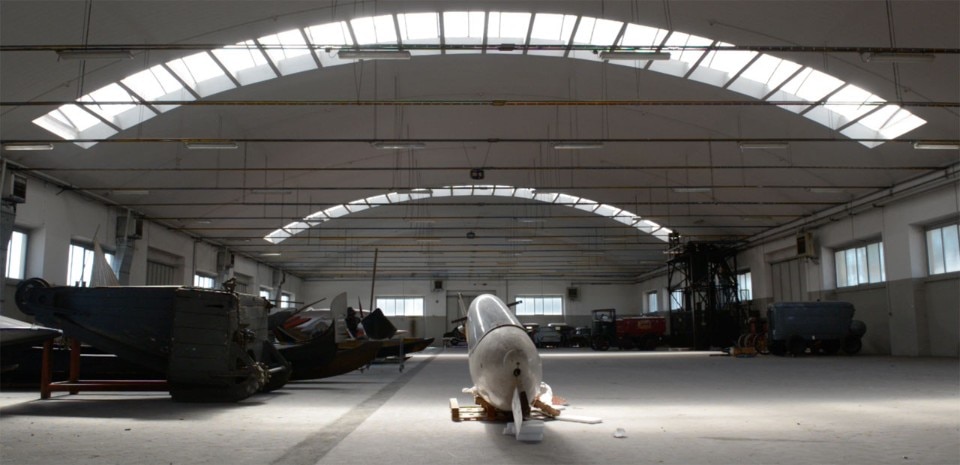

The system known as the “Cockcroft-Walton” was conceived at the beginning of the 1930s by British physicist John Douglas Cockcroft and Irish physicist Ernest Thomas Sinton Walton. Thanks to this apparatus, it was possible to obtain the first artificial nuclear disintegration in history, a condition which was indispensable for studying the most intimate structure of matter. For many years, this type of device was the main investigative tool available to nuclear physicists. Other types of accelerators developed later, and today the most advanced example is the Large Hadron Collider at CERN.
Credits: Handle with care was directed by Francesco Clerici, produced by Gaby Ramsperger, Francesco Clerici, Jon Barrenechea and written by Simona Casonato, Francesco Clerici.

19–22 October 2017
Milano Design Film Festival
Anteo Palazzo del Cinema
piazza XXV Aprile 8, Milan


